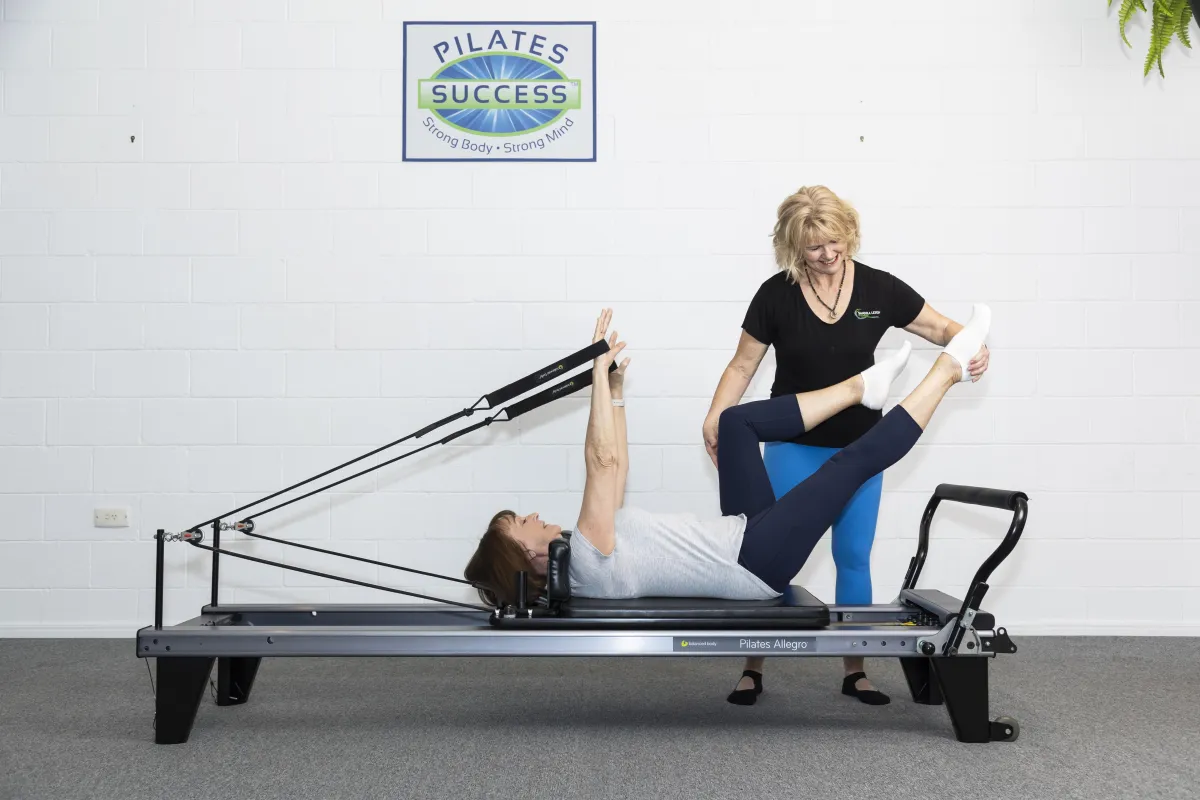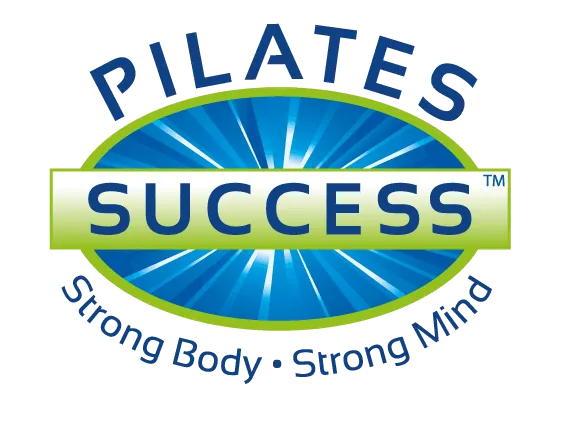Pilates, Yoga & Qigong
welcome to pilates succesS peregian beach!
Pilates, Yoga & Qigong
Strong Body ⭐️ Strong Mind ⭐️ Strong Community
Build strength, find balance, and unlock your best self through tailored Pilates, Yoga, and Qigong at our boutique studio and friendly community. Our mission is to help our members live healthy, happy, and strong!
watch BELOW to discover what makes us different!
Why Pilates Success?
At Pilates Success, we believe every body is unique — and every journey to health deserves personalised care. We’re not just another studio. We’re your partners in movement, mindfulness, and strength.
BENEFITS OF PILATES
Benefits Of Pilates

Improve Your Health
Build a resilient body and reduce the risk of injury.

Support Weight Management
Tone, strengthen, & energize your body naturally.

Find & Pratice Stress Relief
Calm your nervous system with mindful movement.

Cultivate Inner Peace
Connect mind, body, and spirit through practice.
ABOUT US
The magic happens when you step in the door at Pilates Success, Peregian Beach!
Here, you’ll find more than just classes — you’ll find a community that values real transformation, from the inside out.
Since opening our doors over 12 years ago, we’ve helped hundreds of clients rediscover their strength, balance, and confidence through mindful movement practices like Pilates, Yoga, and Qigong.
We believe health is more than just fitness — it’s a lifestyle of
empowerment, joy, and purpose.

CLASSES

Pilates
A variety of small group Reformer and Mat classes focusing on strength, alignment, and control. Private Training also available.
Classes available Monday through to Saturday.

Yoga
Explore Yin,Yin Yang, and Flow styles to stretch, strengthen, and restore balance.
Classes Monday, Wednesday, Friday & Saturday.

Qigong
Cultivate energy, and inner vitality through ancient mindful movement, based on Traditional Chineses Medicine.
Classes Monday 10 AM & alternate Sundays.
OUR TEAM
Meet Our Awesome Team

Jane Doe

Jane Doe

Jane Doe

Jane Doe
Class Types

Pilates Reformer

Pilates Mat

Pilates Strong Bones

Yoga

Qigong

Private Training
Schedule
Exisiting Members Login to Instantly Book Below
Never been to a class? Book a Pre-session Assessment (required)
Monday
REFORMER PILATES
– 7:00 AM - 7:50 AM
– 8:00 AM - 8:50 AM
– 9:00 AM - 9:50 AM
QIGONG
– 10:00 AM - 10:50 AM
YOGA - YIN YANG FLOW
– 5:00 PM - 5:50 PM
Pilates Success Studio - Peregian Beach Shopping Village, Sunshine Coast, QLD
Tuesday
C2 - CorePower Yoga 2 - Mask Optional
Pilates Success Studio - Peregian Beach Shopping Village, Sunshine Coast, QLD
Wednesday
HPF- Hot Power Fusion - Mask Optional
Pilates Success Studio - Peregian Beach Shopping Village, Sunshine Coast, QLD
Thursday
C2 - CorePower Yoga 2 - Mask Optional
Pilates Success Studio - Peregian Beach Shopping Village, Sunshine Coast, QLD

MEET THE FOUNDER & CEO
Hey, I'm Sandra Leigh!
I created Pilates Success to empower women (and a few good men!) to move better, feel stronger, and live with more purpose and vitality.
Over the last 15+ years, I’ve had the honour of helping hundreds of clients navigate their wellness journeys — with a special focus on women’s health, injury recovery, and strength through life transitions.
What I'm Proud of
Trauma-informed, compassionate teaching
Specialised programs for women over 40
Hands-on, personalised coaching to meet you where you are
You’re not just another client here.
You’re a valued member of a community that believes in your strength.
Specialist in Women’s Health Over 40
With lived experience and deep understanding, Sandra supports women navigating menopause, injuries, stress, and life transitions through mindful, safe, and transformative movement.
SUCCESS STORIES




Get In Touch
Email: [email protected]
Address
Shop 3/4 Grebe St, Gallery Arcade, Peregian Beach Shopping Village, QLD 4573
Opening Hours
Mon – Sat: Refer to Schedule
Sunday – Open for Special Events
Phone Number:
Sandra: 0409 625 131



